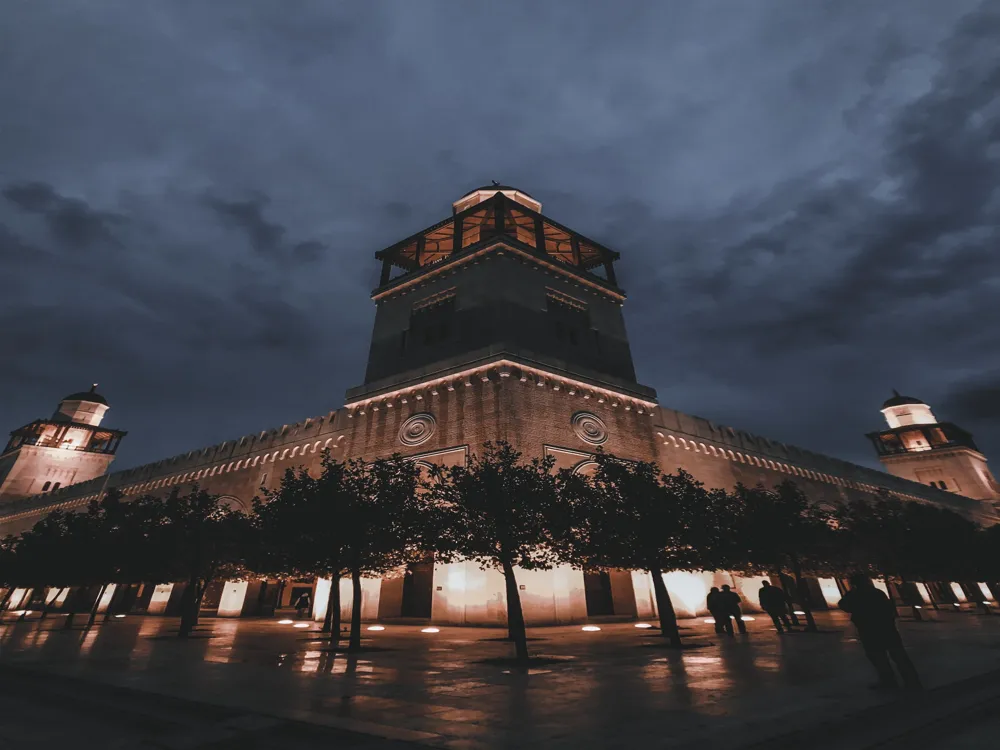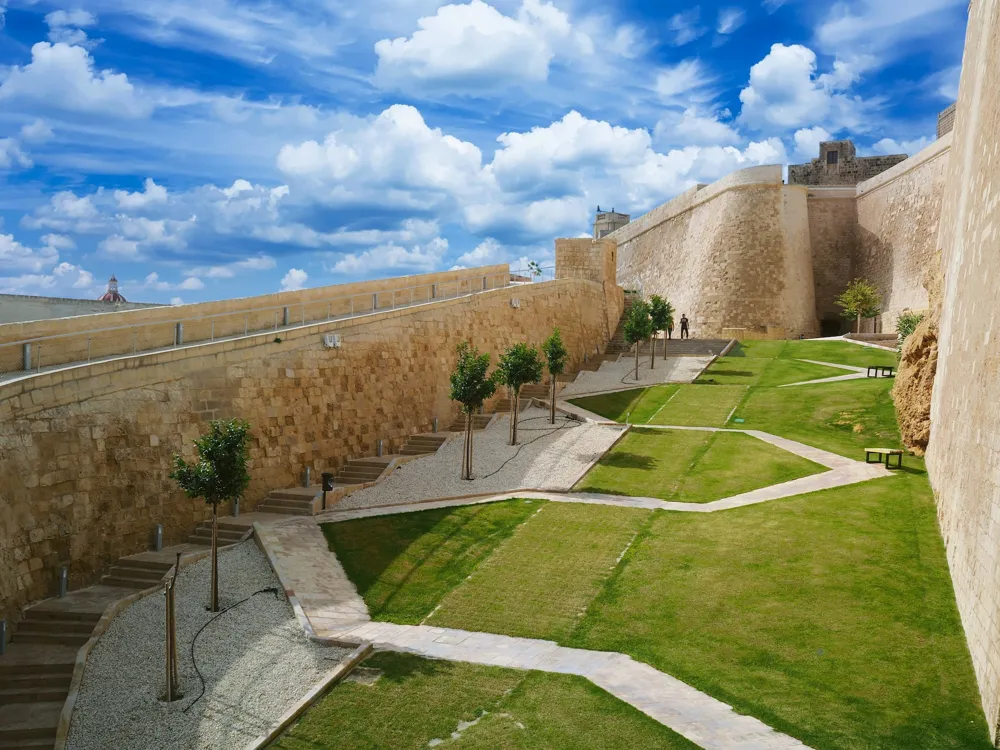Overview of Qasr Al Abed
Qasr Al Abed, located in the vicinity of Amman, Jordan, is a historical marvel that dates back to the 2nd century BC. This large, ancient palace stands as a testament to the ingenuity of past civilizations, showcasing intricate carvings and architectural mastery. The name translates to 'the Castle of the Slave,' but the origins and the stories behind its construction remain shrouded in mystery. Surrounded by wild nature, it offers a picturesque glimpse into the Hellenistic period of Jordanian history.
Architecture of Qasr Al Abed
The architecture of Qasr Al Abed is a remarkable example of the Hellenistic period in the Middle East. The building is constructed from large limestone blocks, with the exterior adorned with high-relief carvings depicting animals and mythological creatures. Its design includes features that were advanced for its time, such as a sophisticated water system and structural elements suggesting a blend of local and Greek influences. The precise engineering and artistic detail make it a fascinating study for historians and architects alike.
Tips When Visiting Qasr Al Abed
Click to expand
- Wear comfortable shoes as the terrain around the site can be uneven and rocky.
- Bring plenty of water and sun protection, especially during the summer months, as the area can get quite hot.
- Consider hiring a local guide to gain deeper insight into the site's history and architectural details.
- Respect the site's historical significance by not removing any artifacts or damaging the structures.
- Check the opening times and entry fees, if any, before planning your visit.
How To Reach Qasr Al Abed
Qasr Al Abed is accessible from the capital city of Amman by road. Visitors can take a taxi or a private vehicle to reach the site, which is located approximately 20 kilometers southwest of Amman. There are no direct public transport routes to the site, so arranging a private ride is advisable. The journey offers scenic views of the Jordanian countryside, making the trip to Qasr Al Abed an adventure in itself.
Read More:


























